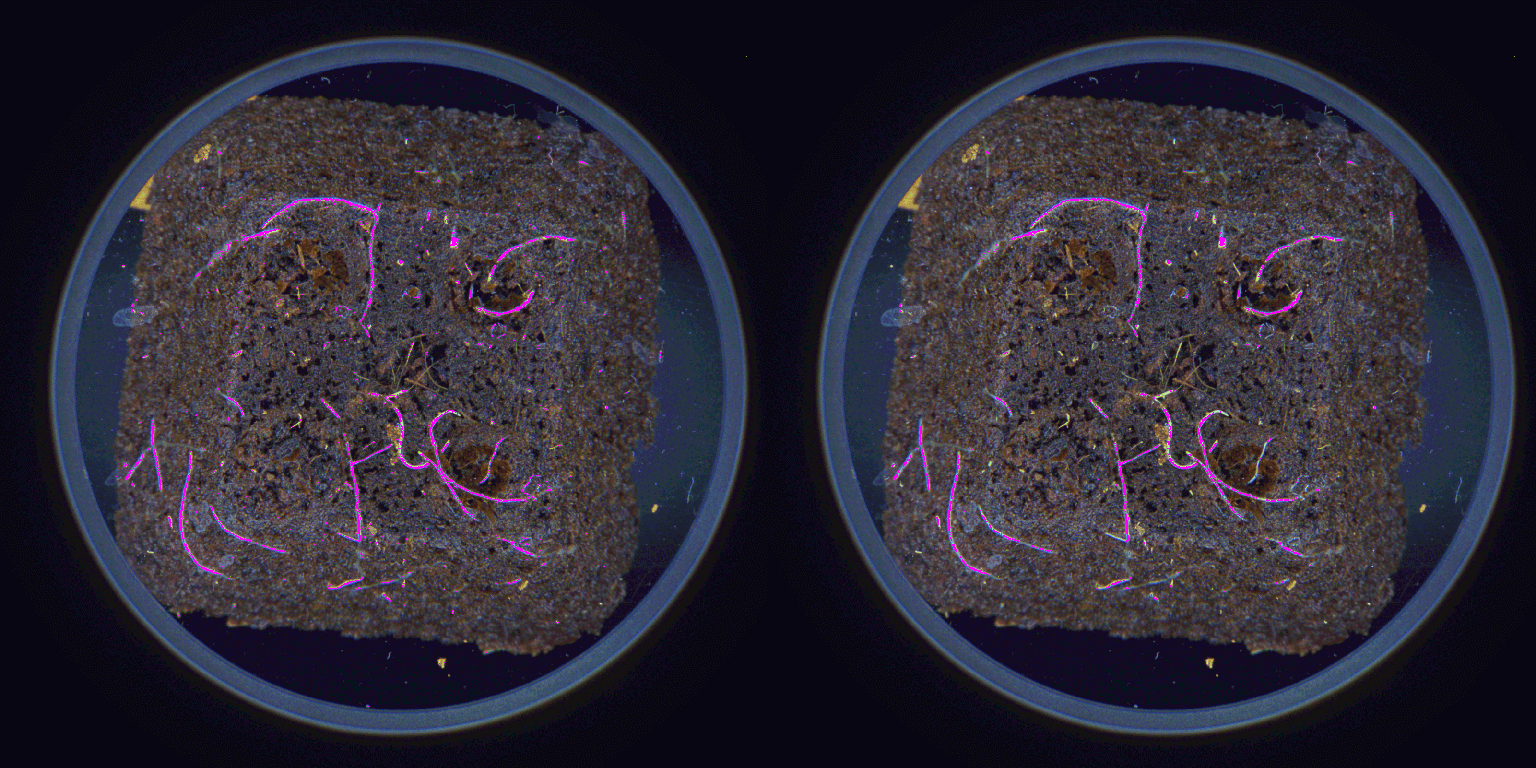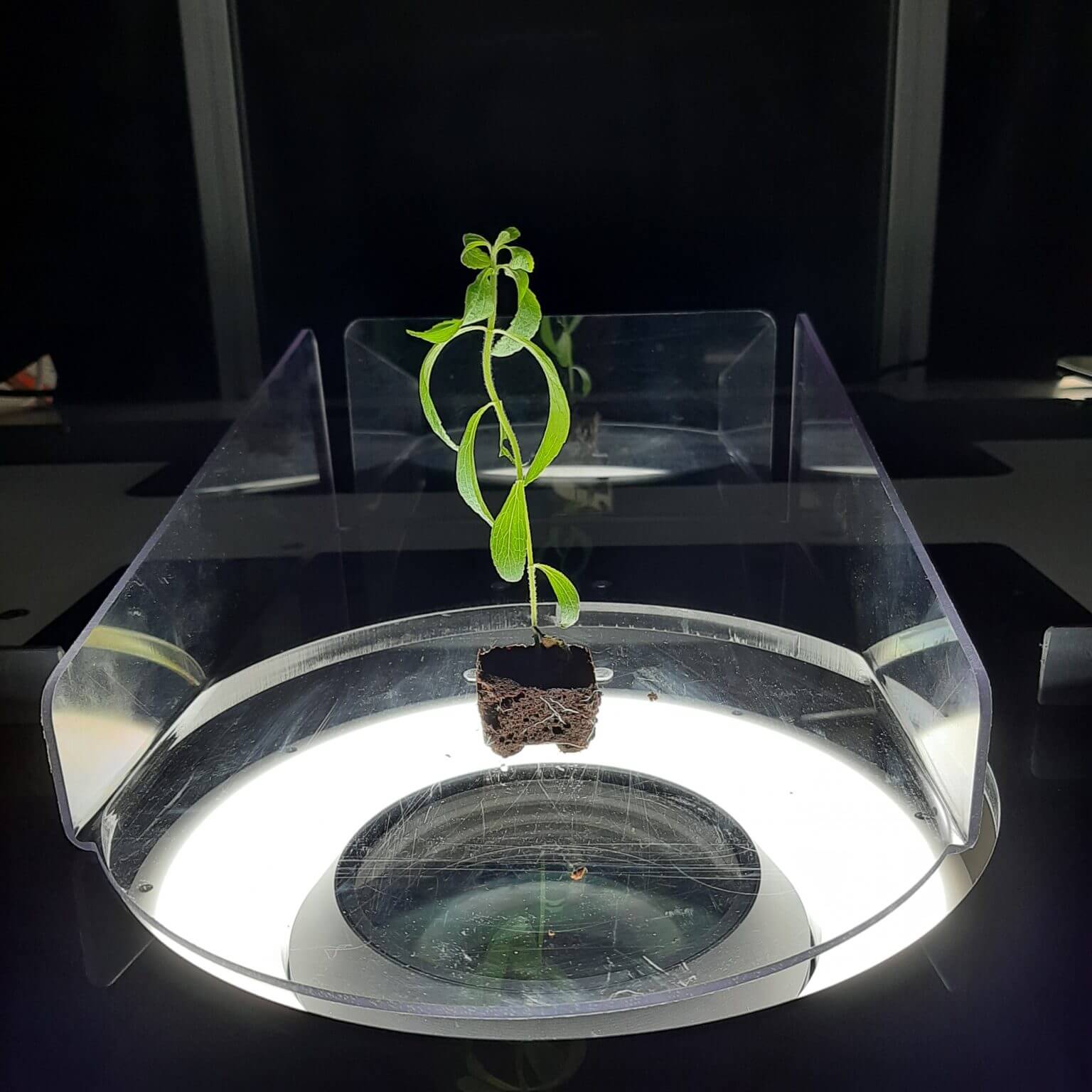AI to transplant only healthy young plants into greenhouse
Original article by Vision + Robotics
The Dynamic Machine Learning project aims to model and predict complex quality traits in fresh produce. One of the work packages is looking to create an automated method to make a selection of only healthy young plants to transplant into the greenhouse. WUR Vision + Robotics researchers have teamed up with Viscon to develop a new technology that can automate this horticultural process. The technology could enable growers to sort out non-viable plants before moving them into the greenhouse, saving their resources for the healthy plants.
The project focuses on plants from tissue culture as one of the current key commercial agricultural crops, but the technology the researchers aim to develop could be applicable to various other important agricultural crops. The plants start out as tissue culture, are then transplanted into trays, and lastly the young plants are transferred into a greenhouse. The sorting and selection of healthy plants that are to be transplanted into the next stage of cultivation is often done manually by growers. The visual examination of the plants at each stage is a laborious task. In Dutch greenhouses the sorting process is already automated, but what makes the current research unique, is that the grading of the plants and the prediction if they can survive the adaptations to the greenhouse would be done by AI.
Machine learning and plant phenotyping could make selecting and sorting healthy young plants easier
Suzane Pols, team lead of Plant Science at Viscon: “Machine learning and plant phenotyping are two hot topics in agriculture and horticulture. We want to make use of these fields to add value in the cultivation process of tissue-culture-grown plants. The question is, can we transform what we visually observe in plants, and the data that we gather from those observations, into useful pieces of information growers can work with? The goal is to make the selection and sorting of healthy young plants for transplanting a fully automated and less laborious task for growers.”
And what is a healthy plant? “That is highly debated in plant science. We hope the machine learning helps us to identify what key characteristics are predictors of plant health and then helps us to separate those healthy plants so that we can help improve and make the sorting process more efficient.”, says Pols.
RGB camera with pecicentric lens
“What we are developing is a technology that can take a photo of the roots and the shoot of the plant, and use image processing and eventually deep-learning to identify if that plant is healthy. We want this method to be automated, reliable, repeatable, and scaleable.”, explains Lydia Meesters, project leader and scientist Computer Vision at WUR’s Vision + Robotics programme.
The project has already brought about a new technological innovation: the team have developed an RGB-camera with a pericentric lens that can capture 360 degrees in every direction in one single image. The lens not only visualizes the bottom of the young plant plug, but also the sides, giving the researchers a complete image of the roots of the plant.
“We are in the middle of our feasibility study: can we take images of the plant characteristics that are needed to determine plant health? And if yes, how can we visualize these traits optimally using an easy and scaleable technique? That’s something we will continue to explore in the coming period”, concludes Meesters.

 nl
nl en
en
